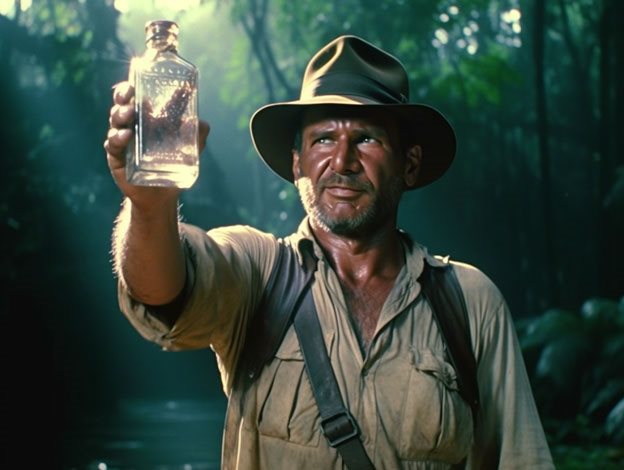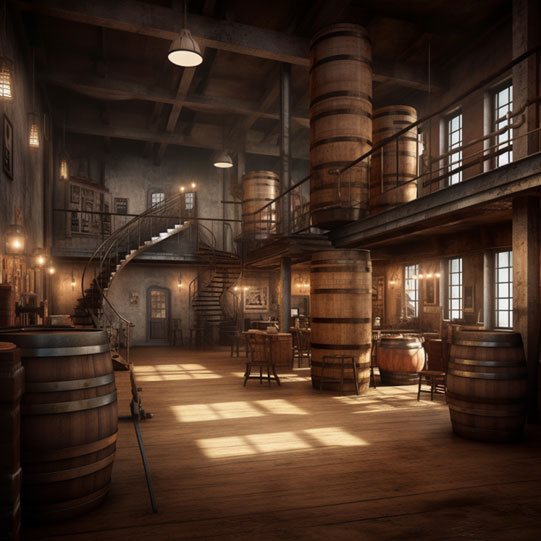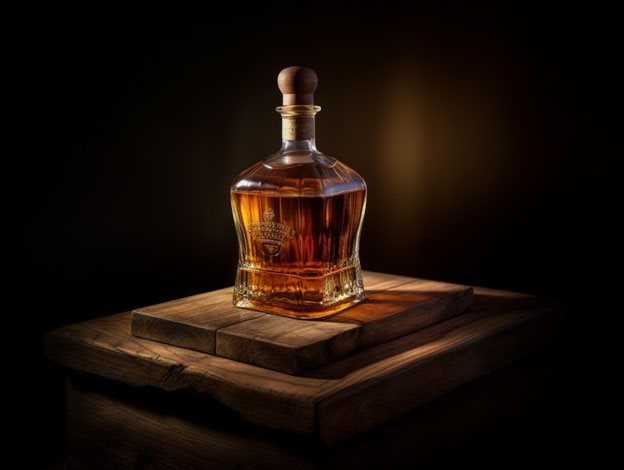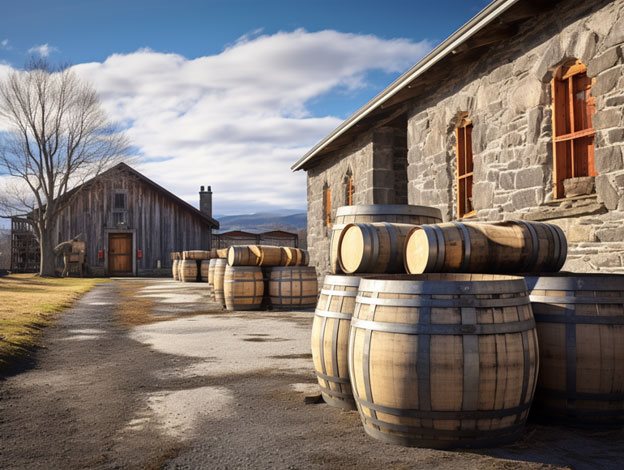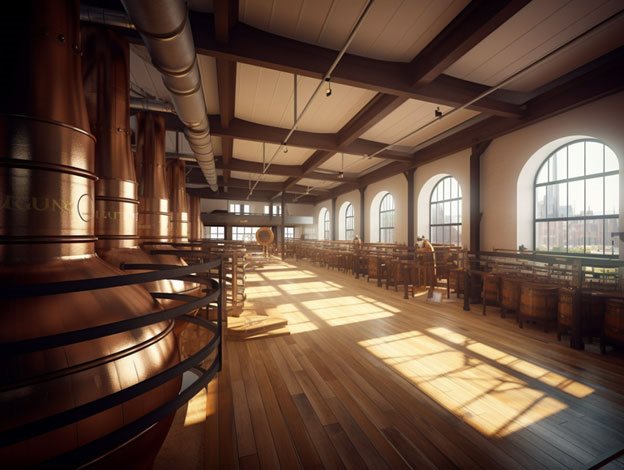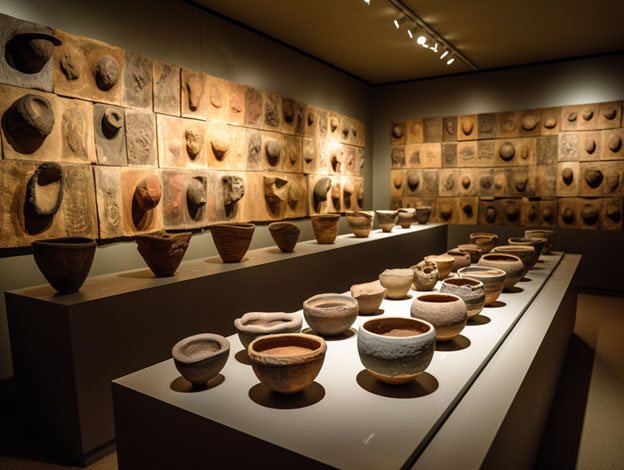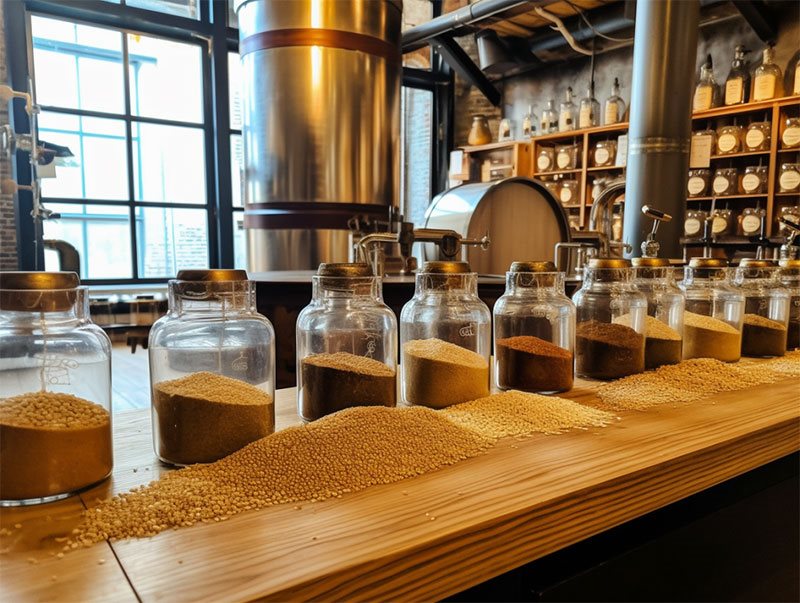Every whisky connoisseur will tell you that the secret to a great whisky lies in three key elements - grain, yeast, and water. But did you know that it's the water, often overlooked, that plays the most crucial role in the art of whisky-making? The type, purity, and mineral content of the water used can make the difference between a smooth, sippable single malt and a sub-par spirit. In this article, we'll explore the importance of the water source in whisky production.
Firstly, let's quench our curiosity about why water is so important. The primary reason is simple - water comprises up to 90% of the finished product. But its role is more nuanced. From mashing and fermentation to dilution and maturation, each stage of whisky-making demands a different interaction with water.
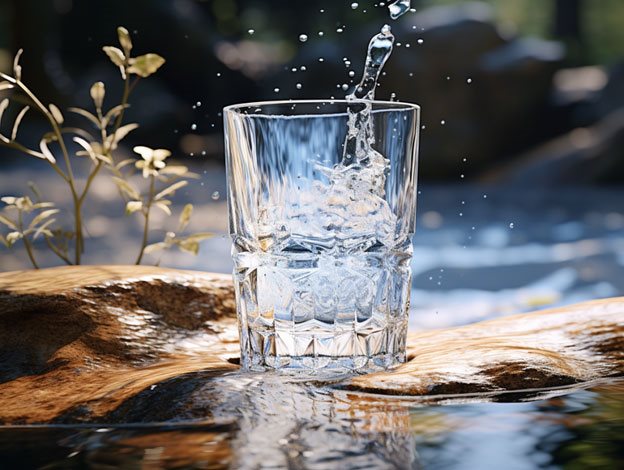
In the initial mashing stage, water helps to extract sugars from the barley. This 'mash' of hot water and barley forms a sweet liquid known as the ‘wort’, which is essential for fermentation. Water with a high mineral content, specifically rich in calcium and magnesium, can enhance this extraction process, improving the efficiency of the brewery.
Next comes fermentation, where yeast is added to the wort. The yeast feasts on the sugars, converting them into alcohol. Here, the water's pH level becomes vital. A slightly acidic environment encourages the yeast to produce alcohol instead of other by-products, thus impacting the whisky’s final taste and aroma. Waters from different sources have unique pH and mineral levels, meaning they influence the fermentation process differently.
The water's role doesn't end here. Once the whisky has been distilled, it's often too potent to be palatable - entering the realm of 'cask strength'. Here, water is used to dilute the spirit to the desired strength, usually around 40-50% alcohol by volume (ABV).
Finally, there's maturation. The whisky is stored in casks, where it interacts with the air and the wood, developing complex flavors over time. Even in this stage, water plays a key role. Whiskies matured in damp, humid conditions (where the water content in the air is high) lose more alcohol than water, resulting in a smoother, less alcoholic spirit.
Understanding the importance of water in whisky production, it's no surprise that distilleries are incredibly particular about their water source. This is where the term 'watershed' comes into play in whisky lore. Many famous whisky-producing regions, like Scotland and Ireland, are renowned for their pure, soft water, low in mineral content. The Scottish whisky industry, in particular, benefits from the country's abundance of fresh spring water and deep, granite-filtered wells.
One classic example is The Glenlivet Distillery in Scotland, which uses water from Josie’s Well. The mineral-rich spring water contributes to the distinct fruity and floral notes in their whiskies. Similarly, Jameson Irish Whiskey uses water from the Dungourney River, attributing the softness and smoothness of their spirit to the river's soft water.
In contrast, American bourbons, like those from Kentucky, use the region's limestone-filtered water, which is rich in calcium and magnesium. This hard water offsets the sweetness of the corn used in bourbon, resulting in a balanced, full-bodied spirit.
In conclusion, water is far more than a 'mixer' in whisky production. Its source, composition, and purity shape the spirit at every stage, from mashing and fermentation to dilution and maturation. So, the next time you savor a sip of whisky, remember the water's journey - from watershed to distillery - that has shaped the spirit in your glass. It's a testament to the subtlety of nature and the craft of whisky-making. Here's raising a glass to the unsung hero of whisky - water!







